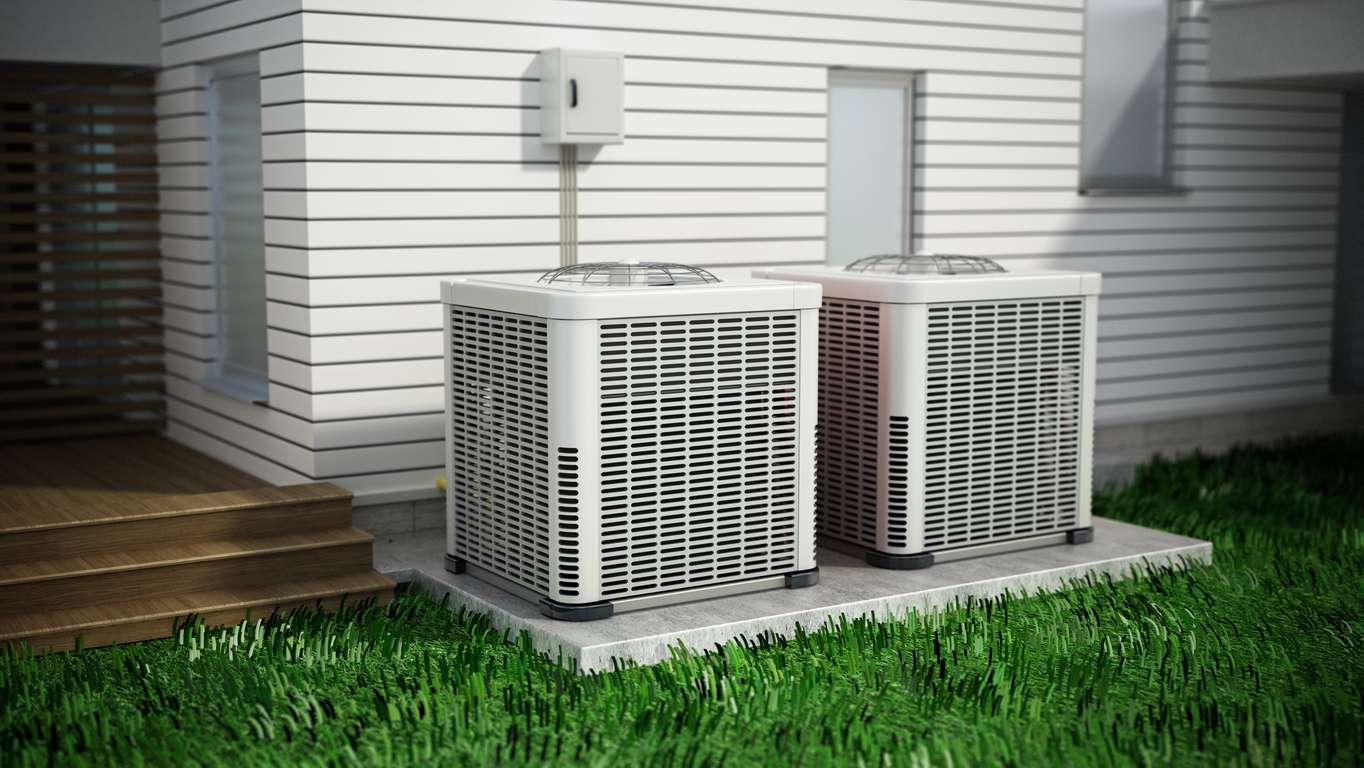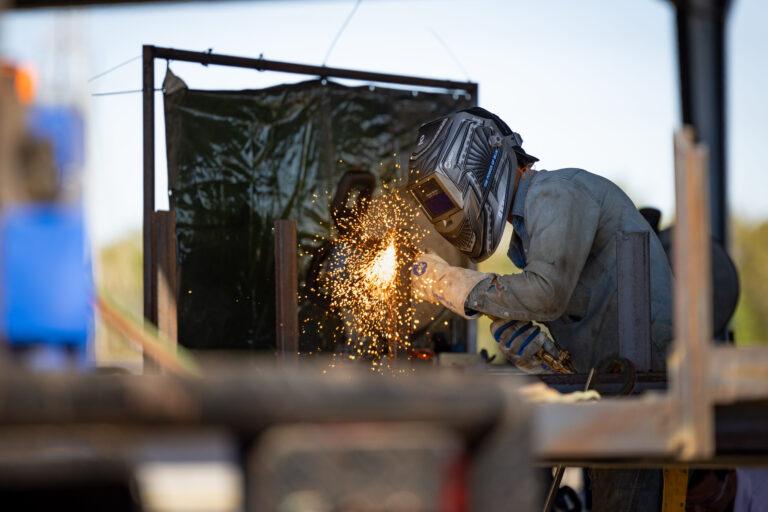The Energy Information Administration (EIA) estimates that home cooling accounts for 12% of the average household’s monthly electric bills.
As many homeowners experience higher-than-average utility costs, simple HVAC upgrades and routine maintenance can help reduce cooling expenditures by improving system efficiency. Before setting the thermostat to cool, homeowners should try these cost-saving tips:

Replace Filters and Clean Vents: HVAC filters help keep dust and debris from being recirculated throughout a home. However, when these filters become too full, they can limit airflow and cause the blower to work harder. Maintaining a filter replacement routine can help improve efficiency and extend the life of the HVAC system. For most systems, the recommendation is to replace the filter every one to three months, but homeowners should follow the frequency indicated by the HVAC system manufacturer. Routinely cleaning the grates of the air vents will also help to maintain efficient airflow.
Schedule Preventative Maintenance: The Indoor Air Quality Association (IAQA) estimates that routine HVAC maintenance can reduce annual heating and cooling bills by as much as 30%. Routine maintenance involves cleaning and inspecting the evaporator coil, examining the drain pan and condensation line, evaluating blowers and fans, testing system controls and checking refrigerant levels. Establishing a routine of scheduled service prior to the hottest and coldest times of the year – when HVAC systems are used most – will ensure equipment is in peak working condition and can even help to reduce costly repairs over time.
Cover Windows: The Department of Energy (DOE) estimates that as much as 76% of the sunlight that hits a standard, double-pane window will transfer as heat into the home. Window coverings of nearly any nature will help to reduce solar heat gains, especially when installed in south-facing rooms or homes with little to no exterior shade. But for the greatest energy reduction, homeowners should opt for insulated cellular shades certified by the Attachments Energy Rating Council (AERC). These specially designed shades incorporate an interior layer of insulation and can reduce solar heat that enters through the windows by as much as 60%.
Inspect and Seal Ductwork: EnergyStar estimates that as much as 20% of HVAC efficiency is lost to poorly connected or damaged ductwork. An HVAC technician can inspect the ductwork throughout a home and evaluate the system’s air supply and return balance. Airflow imbalances could be a sign of damage, loose seals or even that the ductwork isn’t sized correctly. Ductwork located within basements, attics or crawl spaces can also be a point of efficiency loss if the ductwork isn’t properly insulated.
Update the Thermostat: The U.S. Department of Energy (DOE) estimates that the average homeowner could reduce their annual heating and cooling bills by as much as 10% by using a programmable thermostat to reduce HVAC demands overnight or while away from the home. Some smart thermostats incorporate geo-fencing features to further reduce energy use by detecting homeowners’ proximity to the house and adjusting the temperature based on home and away settings. Some thermostats can even alert homeowners to potential system issues and provide the option to grant their HVAC contractor with remote service access.
Utilize Inflation Reduction Act Savings: The Inflation Reduction Act (IRA) has made the transition to high-efficiency systems, including heat pumps, even more affordable by offering tax rebates up to $2,000 dependent on household income. IRA incentives can also be combined with local and manufacturers rebates to further increase cost-savings. Since heat pumps are powered by electricity and operate by transferring heat rather than producing it, heat pumps can reduce site energy use by as much as two-thirds when compared to conventional, fuel-powered heating systems.








